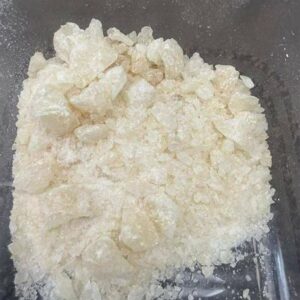Understanding the Spice Drug: Risks, Effects, and Awareness
Spice, also known as synthetic cannabinoids, is a type of designer drug created to mimic the effects of THC, the psychoactive compound found in cannabis. Unlike natural cannabis, spice drug is chemically manufactured and sprayed onto plant material, which is then smoked or vaped. It is often sold under names like K2, Black Mamba, or Scooby Snax and marketed as a “safe” or “legal” alternative to marijuana. However, these claims are misleading and highly dangerous.
What Makes Spice Different from Natural Cannabis?
Spice chemicals are synthetic compounds designed to bind to the same brain receptors as THC. However, the potency of these chemicals can vary widely, making the effects unpredictable. Users may experience more intense hallucinations, paranoia, or anxiety than with natural cannabis. Furthermore, because spice is not standardized, different batches can contain vastly different chemical compositions, increasing the risk of overdose.
Effects of Spice
The effects of spice can range from mild euphoria to severe psychological and physical reactions. Common short-term effects include:
- Rapid heart rate
- Elevated blood pressure
- Nausea and vomiting
- Anxiety, panic attacks, or paranoia
- Hallucinations and delusions
Long-term or high-dose use can lead to more serious consequences such as:
- Seizures
- Kidney damage
- Heart problems
- Persistent mental health issues like psychosis
Unlike natural cannabis, spice has been linked to sudden hospitalizations and even deaths, primarily due to its unpredictable chemical composition.
Why Spice is Dangerous
Spice is often falsely marketed as safe or legal, appealing to young adults and people seeking a legal high. Its legality is often temporary because new compounds are constantly developed to bypass laws, creating a cycle of new, untested chemicals entering the market. Additionally, many users are unaware of the extreme variability in potency, making accidental overdoses common.
Recognizing Spice Use
Signs of spice use may include:
- Unusual or erratic behavior
- Severe mood swings or agitation
- Nausea, vomiting, or tremors
- Hallucinations or confusion
Because of the high risk of unpredictable reactions, any suspected use should be taken seriously, and medical attention should be sought if severe symptoms occur.
Prevention and Awareness
Education and awareness are critical in preventing spice abuse. Parents, educators, and peers should inform young people about the dangers of synthetic cannabinoids. Programs focusing on substance abuse prevention and healthy coping mechanisms can help reduce the appeal of these drugs.
Conclusion
Spice, or synthetic cannabis, is far from a safe alternative to marijuana. Its unpredictable chemical composition, high potency, and serious health risks make it extremely dangerous. Awareness, education, and caution are essential to prevent the severe consequences associated with spice use.


Post Comment